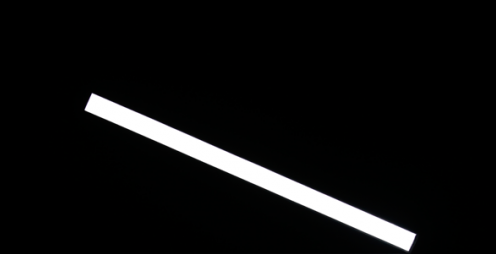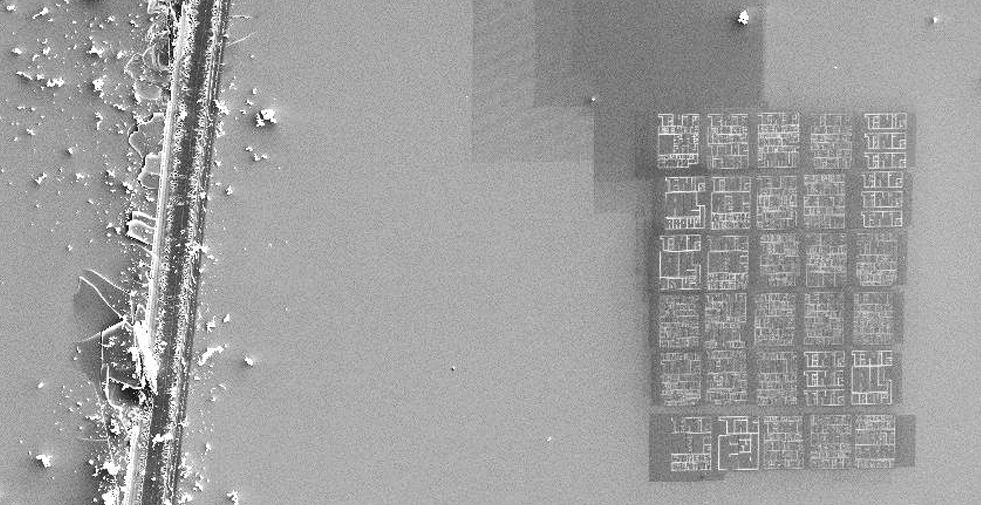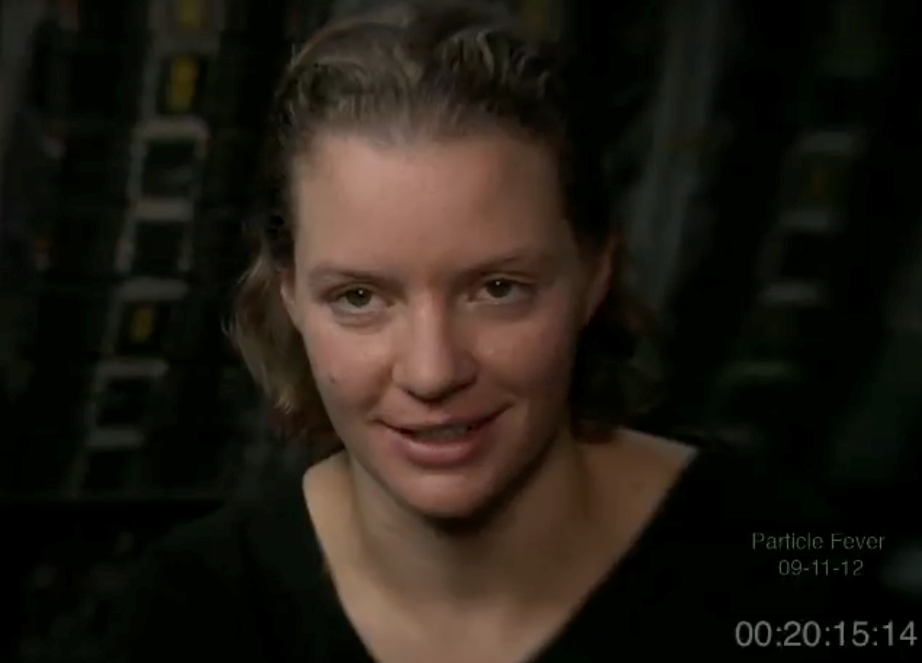 As part of LWON’s unintended series on science and art, or maybe its focus on unexpected behavior in physicists, please meet David Kaplan. He’s a Johns Hopkins theorist whose specialty is creating the theories beyond the theory that almost accounts for all the matter and energy in the universe. As such, he was involved in Large Hadron Collider (the LHC) experiment that last summer found the Higgs boson. But he hadn’t known they’d find it, no one knew they’d find it. Theory had been predicting for 30 years they’d find it, but no data refuted or confirmed the theory; the large American collider to do the experiment had been cancelled, the LHC was being repeatedly delayed and was so expensive that they’d be given one shot and if no Higgs, then no more big colliders. Physicists were getting older, their careers were shrivelling, they weren’t sleeping, maybe the very question was dumb.
As part of LWON’s unintended series on science and art, or maybe its focus on unexpected behavior in physicists, please meet David Kaplan. He’s a Johns Hopkins theorist whose specialty is creating the theories beyond the theory that almost accounts for all the matter and energy in the universe. As such, he was involved in Large Hadron Collider (the LHC) experiment that last summer found the Higgs boson. But he hadn’t known they’d find it, no one knew they’d find it. Theory had been predicting for 30 years they’d find it, but no data refuted or confirmed the theory; the large American collider to do the experiment had been cancelled, the LHC was being repeatedly delayed and was so expensive that they’d be given one shot and if no Higgs, then no more big colliders. Physicists were getting older, their careers were shrivelling, they weren’t sleeping, maybe the very question was dumb.
In the midst of all this, seven years ago, Kaplan was explaining the what-if-no-Higgs story to a friend with a PhD in poetry criticism. The friend was impressed: at no other time in the history of science was there a single point at which a whole field could potentially come to a screeching halt. It sounded like a white-knuckle movie. Kaplan thought so too, so he made one. Continue reading
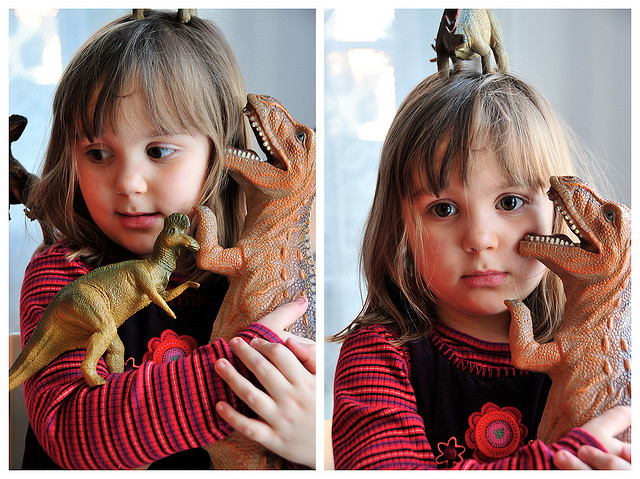
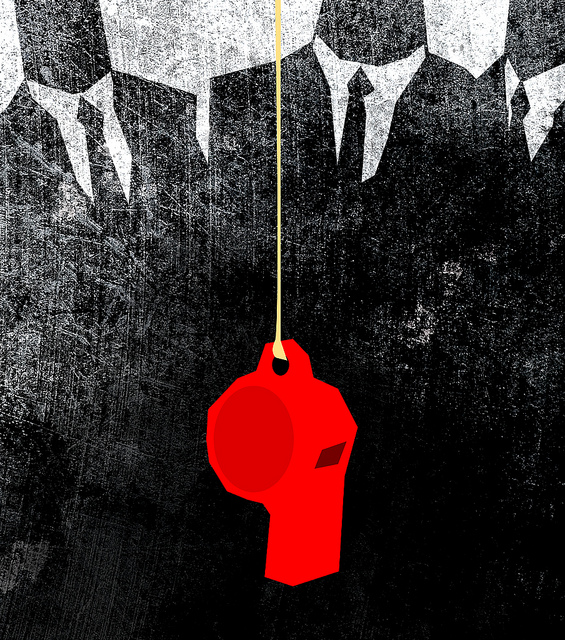

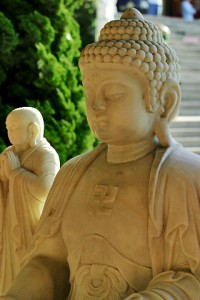
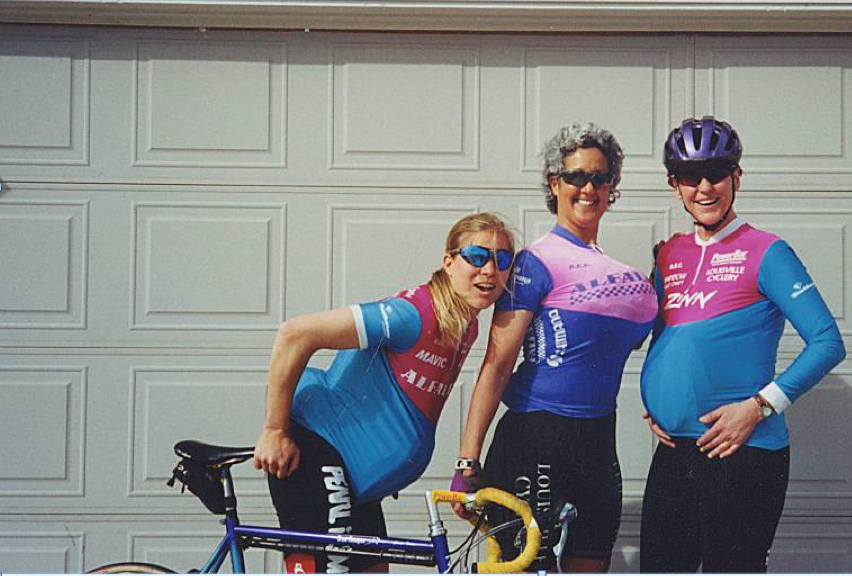 In the photo, Karen is smiling. We’re clowning around, engulfed in a spring day with nowhere to be but out on our bikes. Breast cancer has already pushed its way into Karen’s life, but the demon is on hiatus, and she has gleefully stuffed her bra to announce that cancer can take her breasts but never her sense of humor.
In the photo, Karen is smiling. We’re clowning around, engulfed in a spring day with nowhere to be but out on our bikes. Breast cancer has already pushed its way into Karen’s life, but the demon is on hiatus, and she has gleefully stuffed her bra to announce that cancer can take her breasts but never her sense of humor.